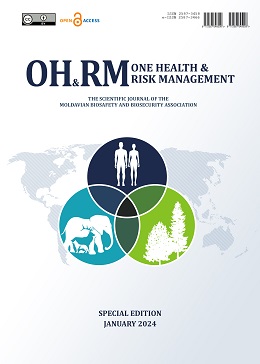Abstract
Introduction. The modern workplace requires workers to have broad cognitive and affective abilities. For continuous progress and societal improvement, students’ education plays a crucial role, and for this, students need a high level of cognitive abilities to apply in their learning activities, reflecting in their academic performance. There are several methods to stimulate cognitive abilities, which can be healthy, unhealthy, or a combination of both.
The aim of the research is to identify and describe the methods used by students to stimulate cognitive abilities in their learning activities.
Material and methods. Google Drive questionnaire. Sample -212 of respondents.
Results. It was found that students prefer physical activities to stimulate their cognitive abilities. The most common method is walking (45.7%), followed by workout (17.10%), and meditation (15.2%). They also engage in other activities such as swimming, outdoor games, practicing yoga, drawing, cooking, etc. At the same time, students have a high rate of consuming caffeinated beverages, with 30.50% drinking them systematically, 37.10% occasionally, and 19% rarely. One-third of the respondents (30.5%) occasionally consume energy drinks, and 11.4% rarely do so.
Conclusions. Alongside healthy methods, students use many other quick and efficient ways to stimulate their cognitive abilities. The study results raise concerns about the students’ risk behavior, as some prefer unhealthy methods to stimulate their cognitive abilities in their learning activities.
|
 Views: 322|
|
Views: 322|
|
This work is licensed under a Creative Commons Attribution 4.0 International License.

